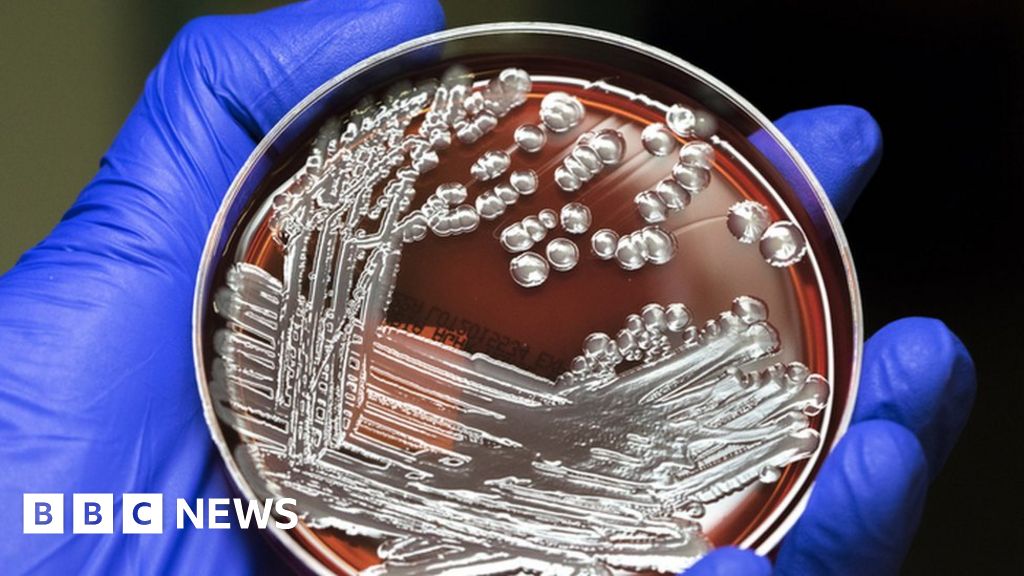beardface
Member
- Location
- East Yorkshire

Superbug fight 'needs farmers to reduce antibiotic use'
Campaigners say they have found superbugs in rivers and waterways near farms and in livestock waste.
www.bbc.co.uk
So the fact that a fair proportion of people fail to complete their antibiotic course and that doctors dish them out like sweets is irrelevant then?












